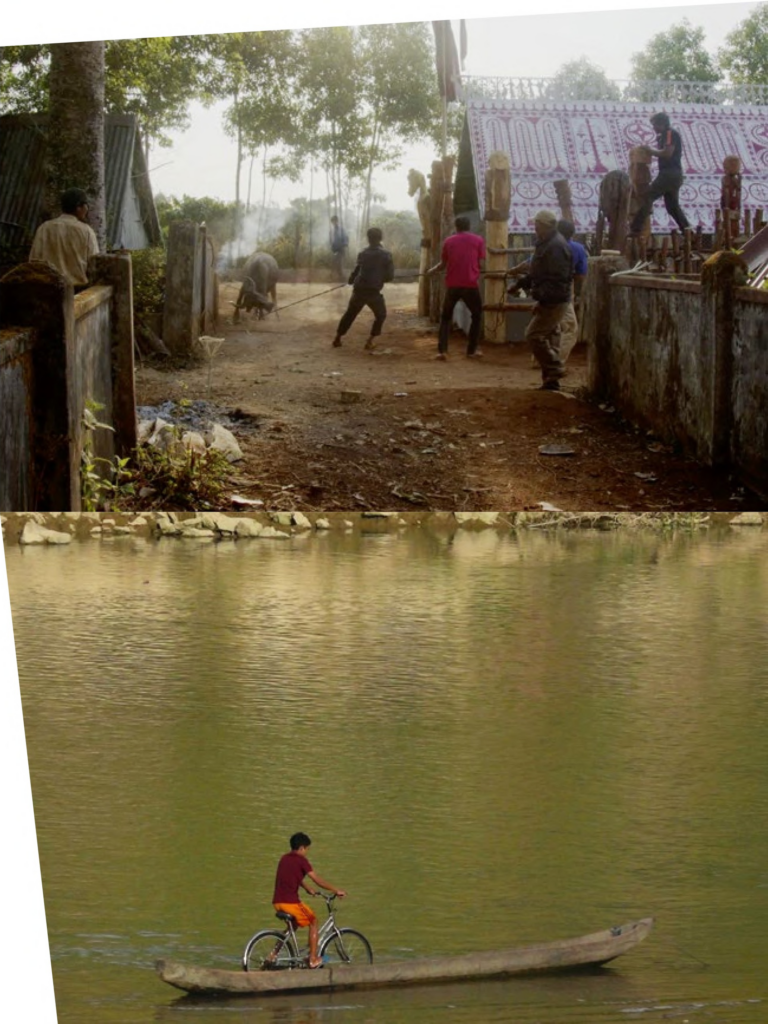NGUYÊ N TRINH THI
Born 1973 in Hanoi, Vietnam, where she lives and works
How to Improve the World / Cai tiên Thê gió i
2021

Nguyễn Trinh Thi is an experimental filmmaker and media artist, whose poetic films are deep reflections on the role of the observer and the subtle relationship between images, sound, and text. Countering what she calls “displaced or misinterpreted” constructions of history and culture, her works on Vietnam explore the shadows of its past, often foregrounding overlooked landscapes and cultural figures. Nguyễn’s training—in journalism, photography, international relations, and ethnographic film, all in the United States—is aligned with her practice of working in the field; she researches, archives, and redeploys current and historical materials to construct alternative records and aesthetic taxonomies. From 2009 to 2015 she was the co-founder and co-director of Hanoi DocLab, which through workshops, discussions, and screenings served as a focal point for the development of independent filmmaking and video practice in Vietnam.
Set in Vietnam’s Central Highlands, How to Improve the World (2021) concludes a trilogy that explores Indigenous culture. The film highlights the role of sound in the cultural practices and spiritual beliefs of the Jarai people, for whom the gong plays a central role in rituals commemorating the dead and rites of protection and fertility. Their animistic religion has waned in the face of war and Christian missionizing, but they continue to sing folk songs accompanied by bamboo instruments like the k’ni (one-stringed mouth fiddle) and ting ning, whose strings are plucked to imitate the gong.
In the film, Nguyễn asks Ksor Sep, a Jarai shaman, and her own teenage daughter, An Nguyễn Maxtone-Graham, various questions about the role that sound plays for them. Her daughter’s matter-of-fact responses show the dominance of the image in contemporary society. In contrast, listening is paramount in every aspect of Jarai life: from the ear blowing ritual practiced on newborns to the oral transmission of khan (epic tales). The testimony of Ksor Sep—who performs, ventriloquizes, recollects, and forgets—underscores the costs of privileging the visual over the auditory in the hierarchy of senses. Simultaneously, the film’s mix of Jarai, Vietnamese, and English—at times selectively or belatedly translated—creates spaces for non-verbal sonic expressions, including silence. Through her montage, Nguyễn valorizes these alternate pathways of perception and creation, while depicting their inevitable disappearance.


